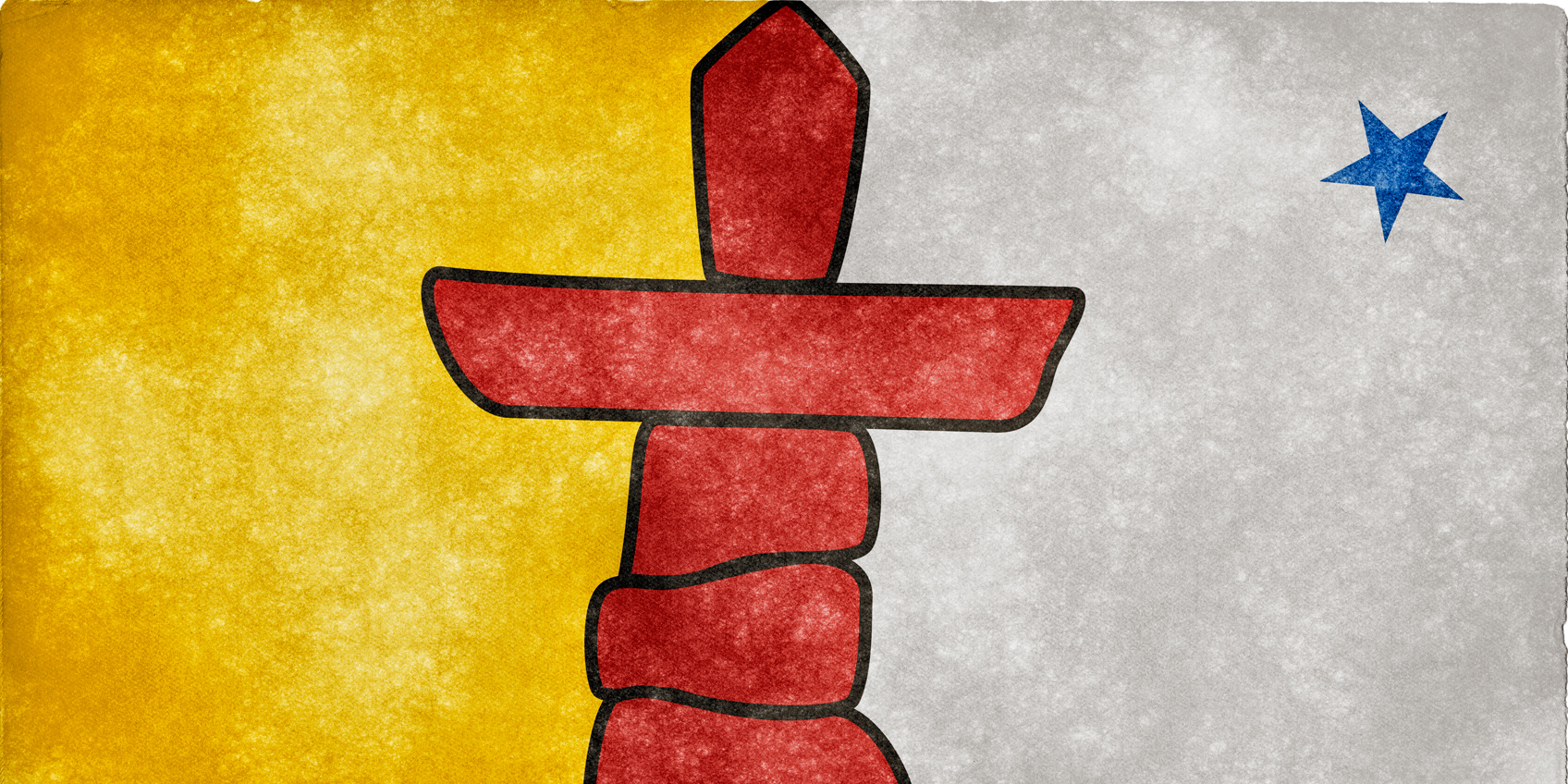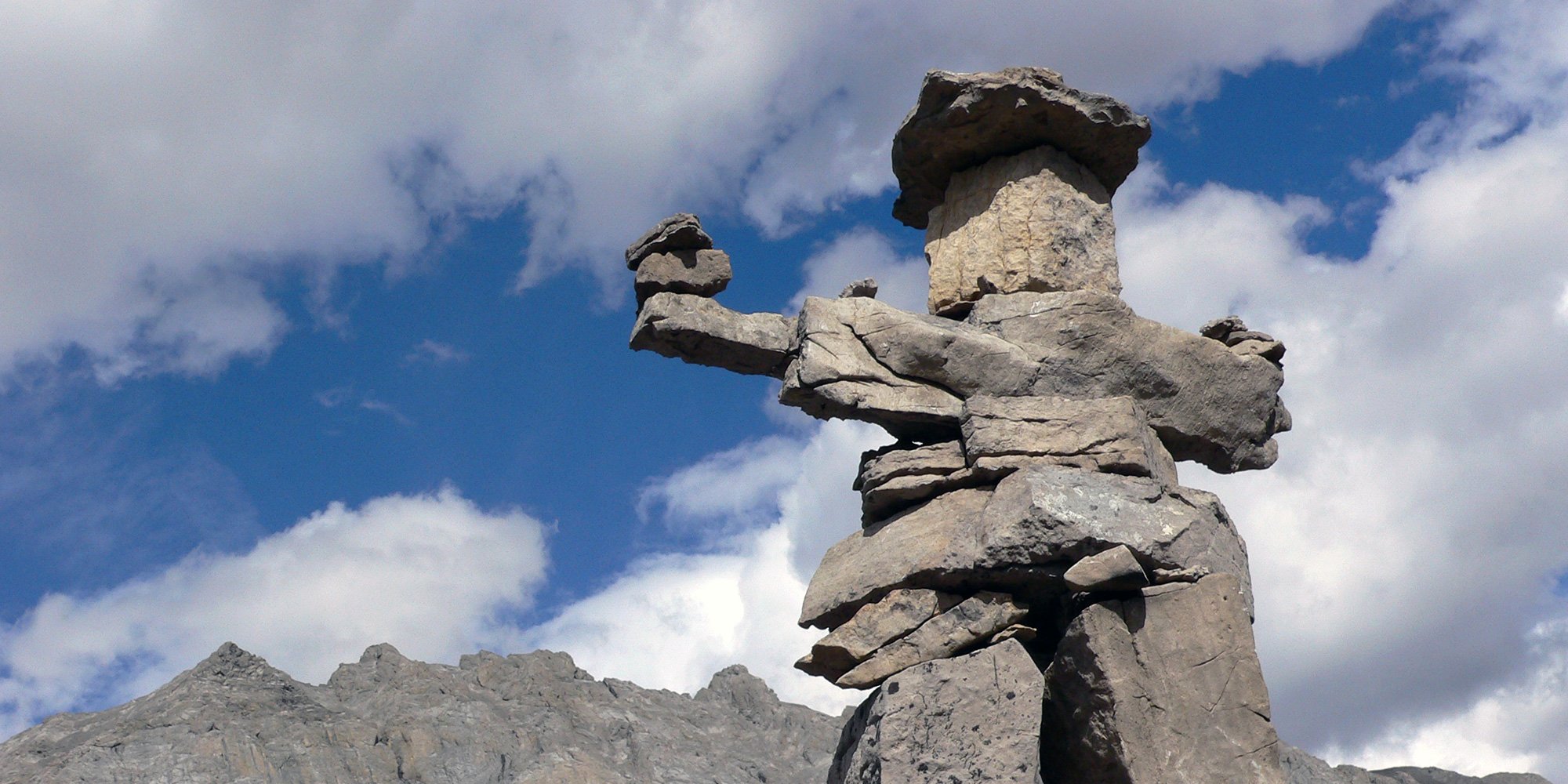Nunavut Lands Claim Decision
Robert Janes, Janes Freedman Kyle Law Corp, Aboriginal Law in Canada Blog

The Nunavut Land Claims Agreement (NLCA) is remarkable on many points, but perhaps the most significant is that this Agreement gave the Inuit of Nunavut true self-government and a separate territory - a first in Canada. Nunavut means "Our Land" in the Inuktitut language.
The official path to this landmark Agreement began in 1973 when an exhaustive study was launched to document where Inuit lived at the time, where their ancestors lived, how they lived, and how they travelled and hunted in Canada’s Arctic.
Tagak Curley of the Inuit Tapirisat of Canada took the Inuit Use and Occupancy Study to the Government of Canada. The study showed where the Inuit live today and where their ancestors lived. It also told how land is, and was, used. Without this proof, the federal government would not begin negotiating a land claim with the Inuit.
Kangikhiteagumaven: A Plain Language Guide to the Nunavut Land Claims Agreement
Negotiating the NLCA was an exhaustive process that spanned 20 years and took place during the terms of four prime ministers. The Inuit negotiators never once relented on their primary goal - self-government and a separate territory - and were prepared to sacrifice the claim rather than sign an agreement that did not include these points.
The 282-page agreement was ratified in November 1992, and on July 9, 1993, the agreement between Her Majesty the Queen in the right of Canada and the Inuit of the Nunavut Settlement Area became part of Canadian law. The Nunavut Tunngavik Incorporated (NTI) was set up in 1993 to ensure the promises made in the 41 articles of the NLCA are fulfilled.
Nunavut Day, held on the anniversary of the signing of the Agreement, originated as a paid holiday for NTI and regional Inuit associations. It became a half-day holiday for Government employees in 1999 and a full day in 2001. Most employers give the day off.
To commemorate the 20th anniversary of the Nunavut Land Claims Agreement, NTI commissioned a monument in honour of the people who worked tirelessly for decades to realize the vision of self-government and a separate territory for Inuit people. Three master carvers, Inuk Charlie of Taloyoak, Paul Malliki of Repulse Bay, and Looty Pijamini of Grise Fiord have been selected to create the monument. The monument will be unveiled as part of the celebrations on Nunavut Day, 2013.
We discuss the significant land claims in Canada in our courses - if you are interested in learning more about land claims and how they impact consultation and engagement with Aboriginal Peoples, contact us for more information.
Featured photo: Nicolas Raymond, Flickr
Robert Janes, Janes Freedman Kyle Law Corp, Aboriginal Law in Canada Blog

When we take a look at the day-to-day operations of a band we see that all the actions of the band are directed in accordance with the Indian Act....

We’ve talked about the definition of Indigenous Peoples and the constitutional significance of Indigenous or Aboriginal. In this article, we drill...